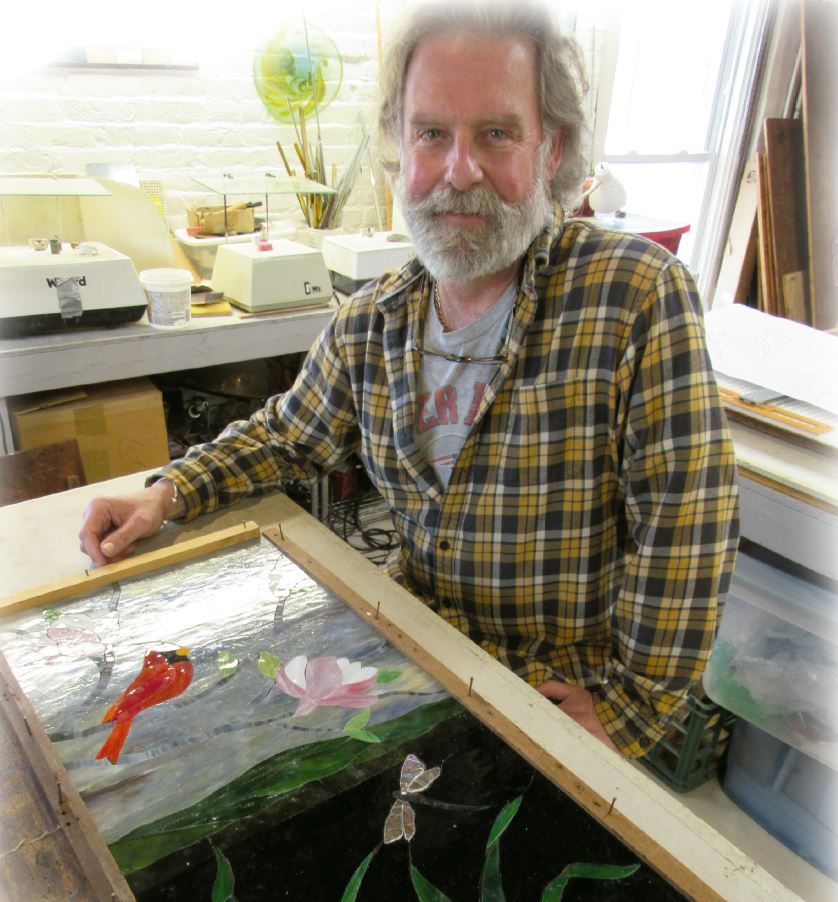

According to the visual arts website Etsy, hits on paintings and other wall art are up 98% over pre-pandemic levels. Clicks on window décor and hangings are up 64%, with interest in sculpture up another 46%. Etsy CEO Josh Silverman has also noted that twice as many Etsy shops opened in April 2020 over April 2019. Some 91% of those shops have a single proprietor, and 86% of them are owned by women.
Contrast that surge with the view of David Zwirner, a major art dealer and broker of $500 million in art sales in 2018, who told The Wall Street Journal “the art world felt frozen” in the early days of pandemic.
Visual artists have had a more effective pivot than most in converting to online displays and sales, though the ghost of pandemic productivity lurks. Some artists have felt blocked while some have pushed through on the sheer force of motion.
Kathleen and Mark Frank own Renaissance Glassworks in Nashua in a building housing the Picker Arts Collaborative. The Franks have been creating, restoring and teaching about stained glass for 40 years.
At the pandemic’s start, “when everything was so unsure,” Frank said, “Kathleen shut down. We couldn’t see our grandchildren, and we’d just had a new grandchild.
Kathleen was depressed. For me, this is what kept me going. There were days when it was hard to come to the studio, but this is my livelihood and my passion. I have to stay busy.”
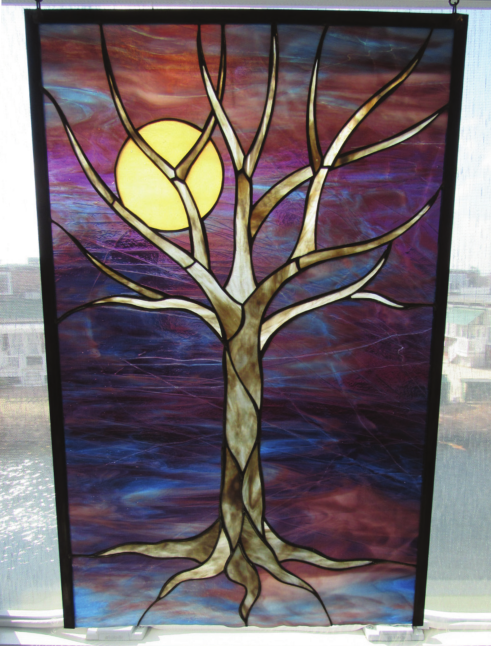
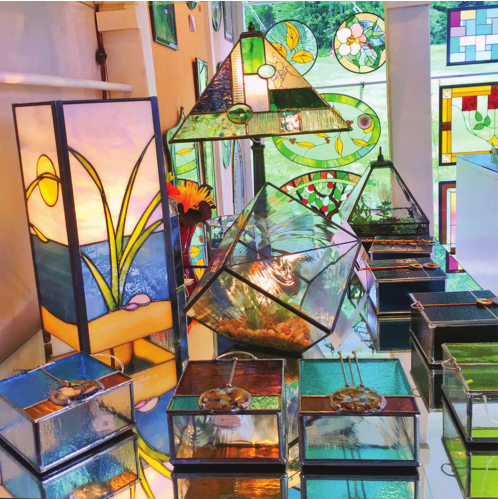
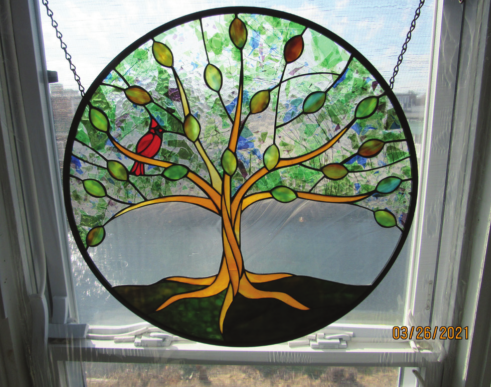
That year, Renaissance Glassworks lost both its classes, hosted in their Nashua studio, and the League of New Hampshire Craftsmen’s Fair at Mt. Sunapee. The fair accounts for 80% of their custom orders for the year, he said. To make it even tougher, Kathleen contracted Covid over the holidays and Mark’s son and his family were also ill, though thankfully all are now fully recovered.
But now Kathleen is back in the studio, and her creative design is essential to making finished work of the League of New Hampshire Craftsmen members.
As for the full effect of the pandemic, he points to a glass-half-full sense that other visual artists also are noting: “Over the year, more and more people came in looking for custom work. They were remodeling. Just this week alone, we got six custom orders. Generally, we get about six a month.”
Silver lining
Bethlehem painter Rebecca M. Fullerton has the advantage of a spacious muse. Her room with a view is no room at all but our own White Mountains, which the artist depicts realistically in both oils and watercolors. She had a major sale, “Crawford Brook in Winter,” from the just-concluded “Winter in the Whites” show hosted by Bethlehem’s WREN, the Women’s Rural Entrepreneurial Network. (WREN was the 2020 recipient of NH Business Review’s AWE Advocate for Women’s Empowerment Award.)
The professionally trained artist is also the archivist for the Appalachian Mountain Club and an avid hiker. She typically photographs a macro or micro view of the White Mountains and then paints in her studio. The archives, which contain hundreds of old documents and photos, used to be housed in Boston. They’re now housed conveniently for Fullerton at the AMC’s Highland Center at Crawford Notch.
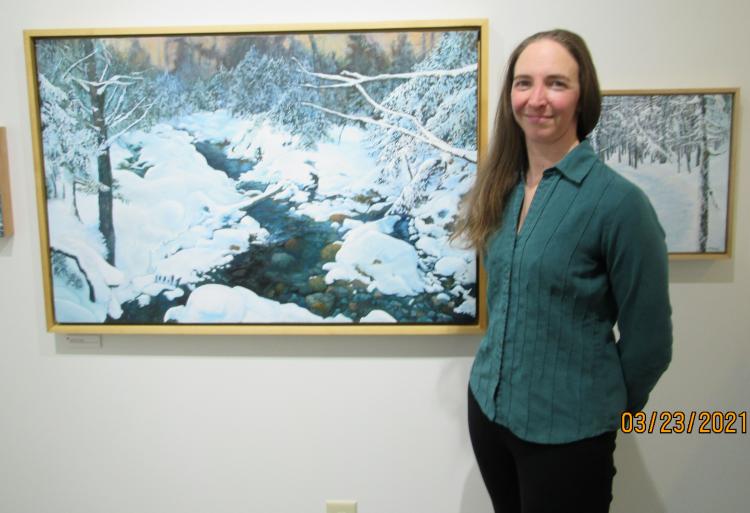
“Aside from the first wave of shock and dread, and not being able to stop reading the news about the virus and the crushing sadness swirling around us, I, like many artists, curled back within myself,” Fullerton said. “I’ve used my studio as a haven from all of that. I think I got more productive last year in terms of painting and better at just experimenting and pushing forward.”
“Every landscape that I paint of the White Mountains is my own personal love letter to the mountains,” the artist continued. “Capturing the light on the ridge is frustrating but also filled with joy. It’s addictive. You’re painting one painting and chasing after the next ‘best’ painting.”
WREN Executive Director Pamela Sullivan spoke to the gallery’s unique place in fostering professional artists and artisans: “We teach entrepreneurial skills — the business of art, the business of being a craftsperson. We try to find what kinds of courses are relevant to people. For instance, taking your store online.
We’re thinking about what people can use now, not ‘Oh, I want to get there.’” WREN is offering seven online courses this spring with a planned return to live classes in the fall.
Sullivan, who’s also a co-chair of the New Hampshire Travel Council, has spotted a trend: “Many of our customers are residents, as in this is the place where they have second homes,” she said. “And now they’ve decided to stay here during this time and want to decorate their homes.”
“When my husband and I drove through Bethlehem in 2018 looking for a place to live, we saw WREN and the classic Colonial Theatre,” Fullerton explained. “I said, ‘A gallery!’ At the theater they were showing ‘Cinema Paradiso,’ and we knew this was it.”
Bethlehem’s Colonial Theatre has recently been placed on the New Hampshire Register of Historic Places.
“A solo show at WREN in August 2019 launched me into the limelight of the community, and it’s been great ever since,” Fullerton continued. “I’m still a long way from my art providing the level of income of a full-time job.
I don’t know if that will ever happen and that’s OK.”
Frank spoke of the intricacies of working with stained glass.
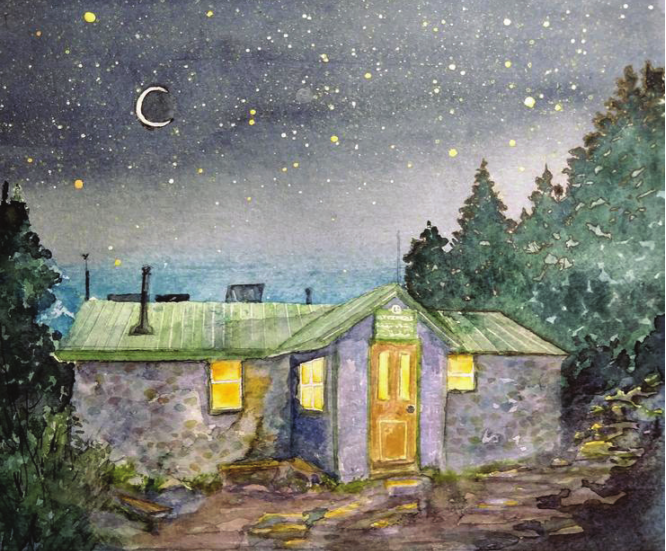
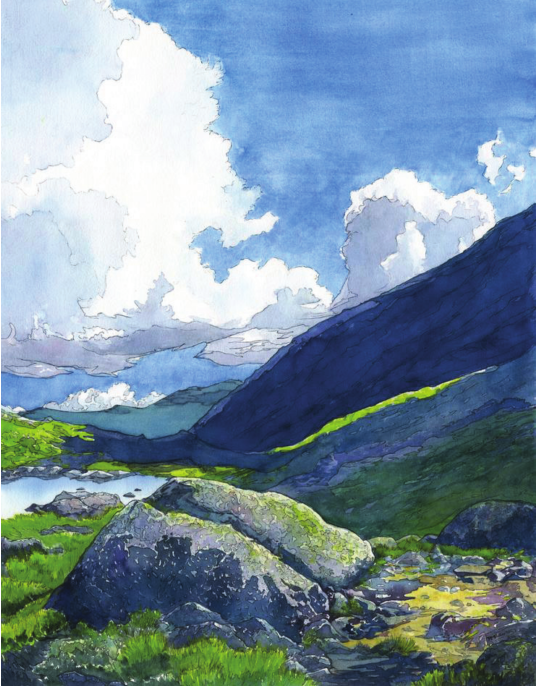
“Cut glass is like wood,” he said. “The background panel has to have consistent lines, matching grain. If the piece breaks, I can only start over. In my mind, I’m painting with the glass.”
Frank estimates that Renaissance Glassworks has lost 35% of its income during the pandemic. “We lost a lot of money in class tuitions, not to mention selling glass and supplies,” he said. According to the artist, glass suppliers were on hold for about eight months.
The 2021 Craftsmen’s Fair is scheduled for early August, and the artist sees a benefit in that he and Kathleen can devote more time to prepare for the fair without the work of classes and less walk-in business. Creating the hundreds of pieces for the fair and packaging the glass securely are huge tasks.
Fullerton also sees a silver lining. “For my work, I think there are two reasons why people are buying more spur of the moment. Something comes up in front of their eyes that is a recognizable scene. The mountains and the trails have been far busier this year as people look to get outside, distance from each other, and get away from it all.
“Secondly, they’re looking for that atmospheric small vignette. Something where their eye can rest, something that will just ground them. People are looking to decorate their homes, to have a little piece of the mountains.”
Fullerton estimates that she sold a dozen paintings in the past year on her website and an equal number through WREN and the Cassidy Gallery in Conway Village.
As for Frank, he says, “We are definitely OK. We are way better off than a lot of people.”